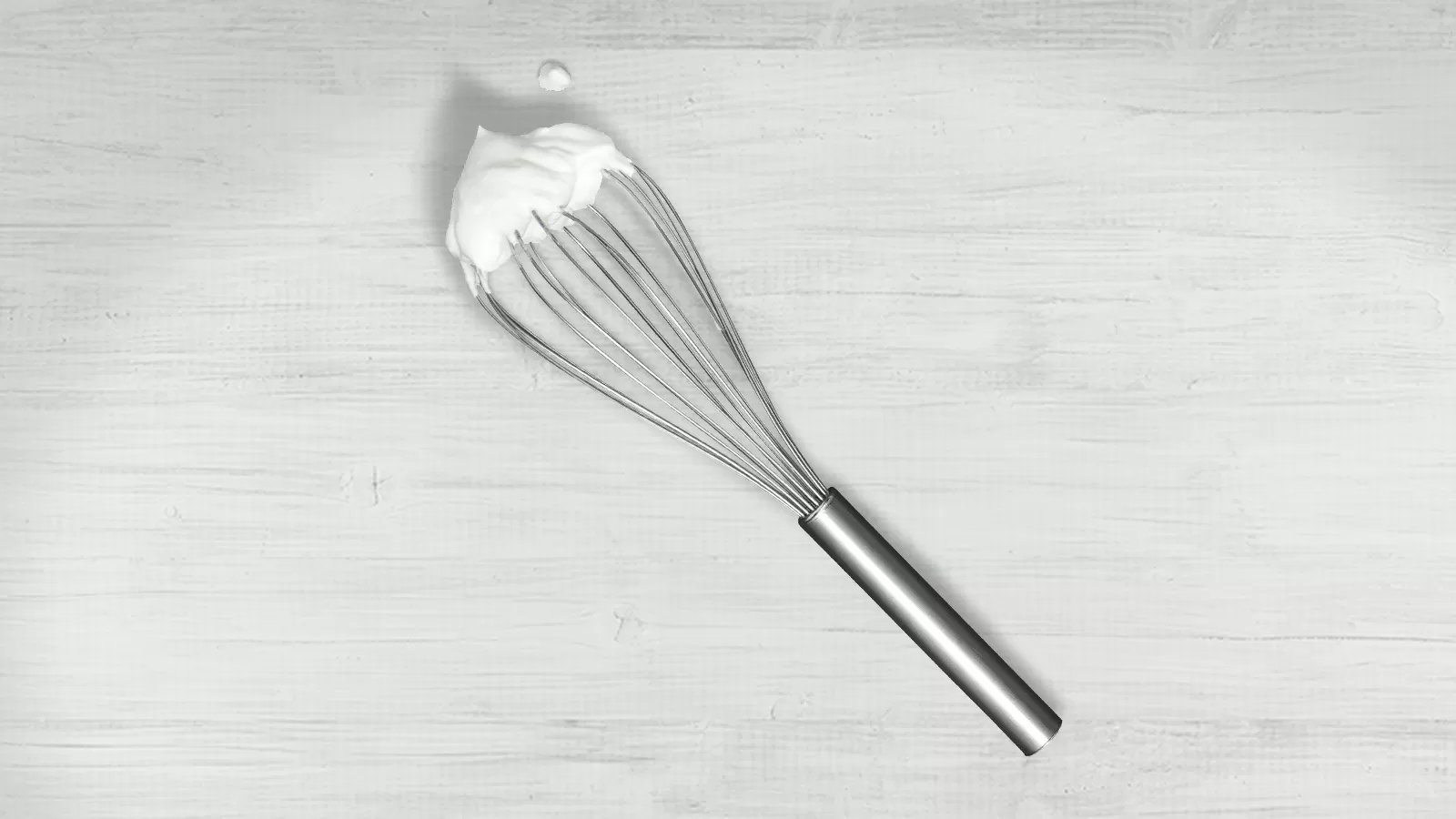Your kitchen is the heart of the home, and for most of us, it’s where we spend the most time. Whether you’re a stepping foot into the kitchen for the first time or the hundredth, it’s important to master the basics. Here are some helpful tips for the next time you are in your kitchen so you can get impressive results.
Enjoy this post from our friends at Bosch!

Let it rest
Be sure to allow the meat to rest before and after roasting. This allows the juices to distribute evenly after cooking and results in a juicier cut!
The sunny side
We know how frustrating it can be to fry the perfect egg without breaking the yolk! If you fry an egg at too high of a temperature, the surface will blister. Cook eggs on medium heat for the best results.

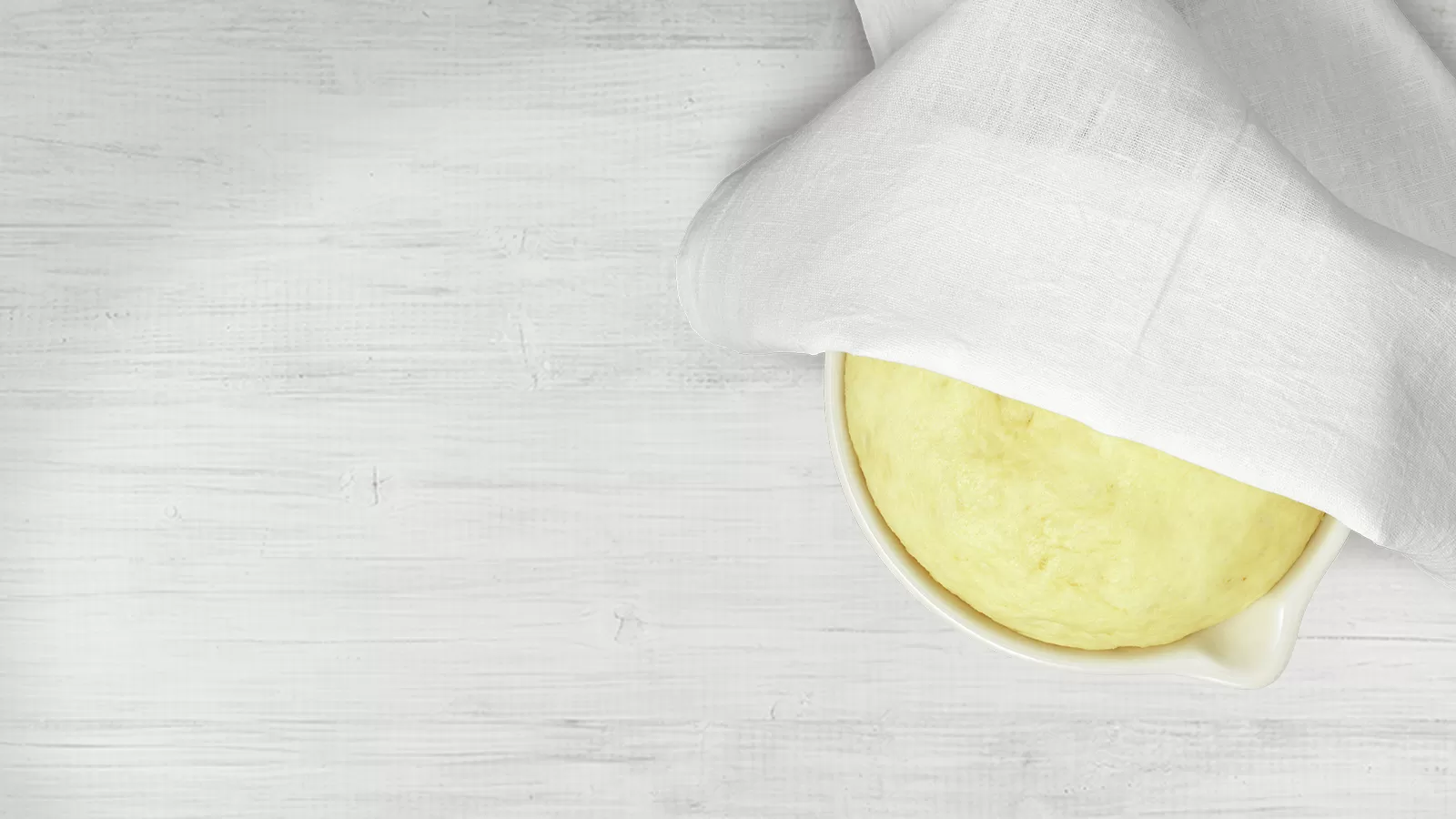
Let it rise
Make sure you use lukewarm water when you are working with yeast. If you add water that is scalding hot, the yeast won’t activate properly and you’ll be left with dough that doesn’t rise as high.
Go slowly
Low and slow is the key to smooth, velvety melted chocolate. Take your time to heat up chocolate or it will be grainy.

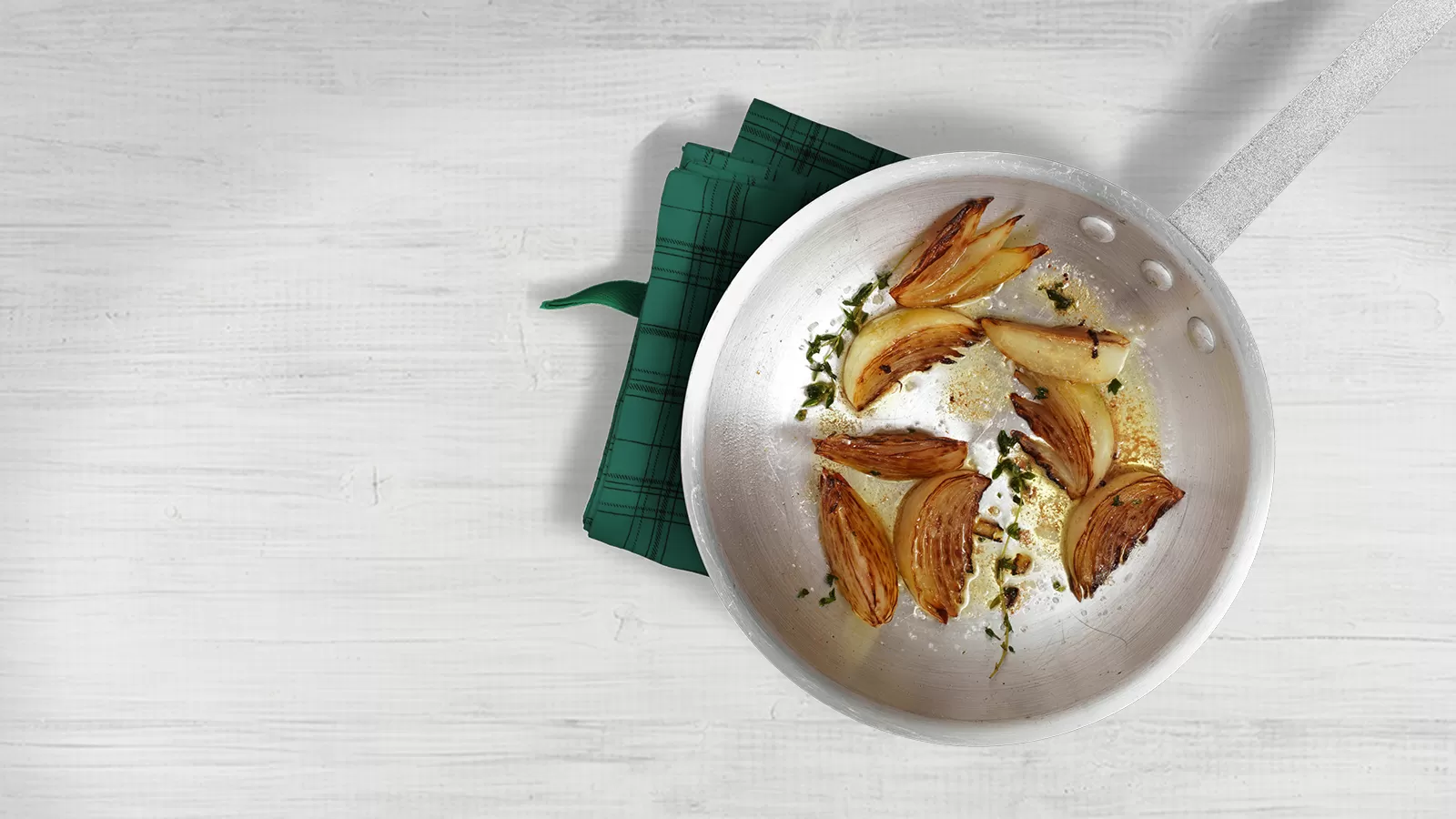
Every little bit counts
To get the best crust and crispy results, make sure you use a pan that is big enough so the ingredients aren’t crowded when you cook. This way, there is enough heat to achieve the perfect crisp.
The perfect mash
If you want light and fluffy mashed potatoes, it’s best to mash them by hand. Mixing with a hand mixer or blender yields a chewy and sticky texture.
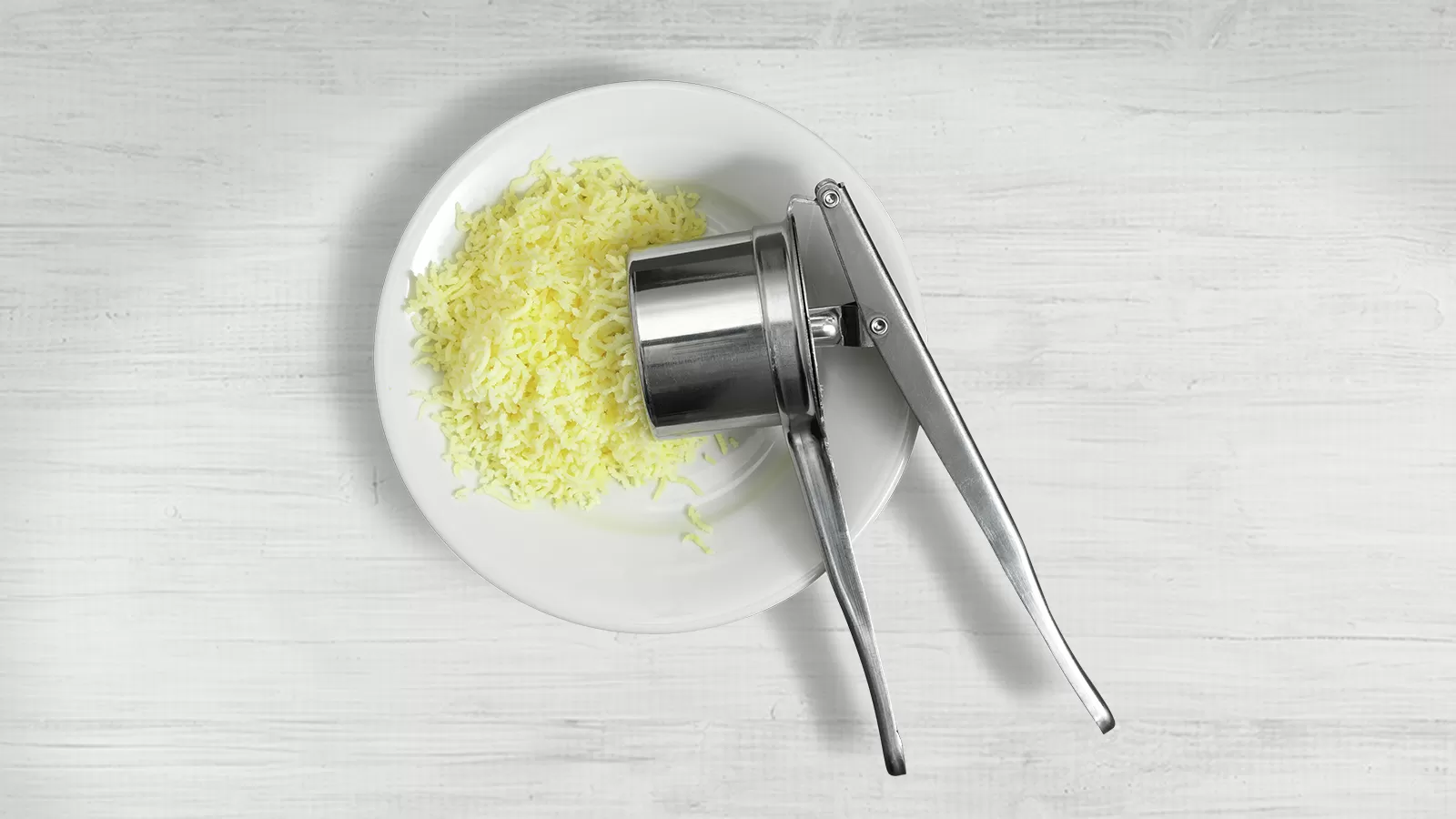

Pasta needs a big pot
When boiling pasta, make sure you use a large pot with plenty of boiling water. Otherwise, the pasta will stick together and get clumpy.
Baked goods that rise
Be sure to mix the dough thoroughly (but don’t overmix!) or cakes and pastries won’t rise. There shouldn’t be clumps of flour and the dough should have an even texture and color.
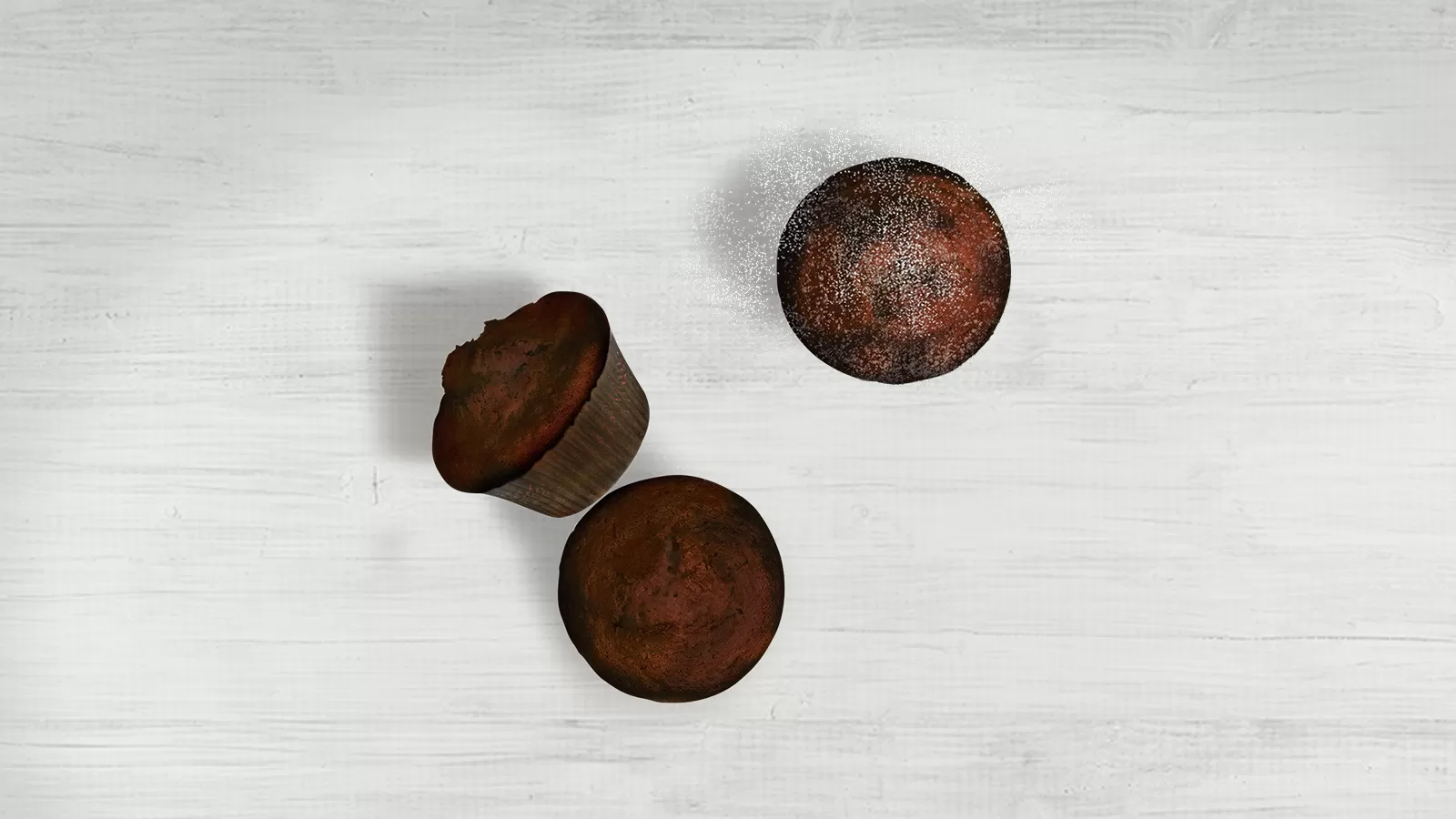

Ice, ice, ice-cold
When baking pastries, use very cold butter to get the best shortcrust results. Cold butter helps yield a crispy and crumbly dough, so you get the perfect pie crust.
Whipping cream
Don’t whip cream for too long or it will become butter. As a rule of thumb, whip cream until you get soft to stiff peaks, depending on what the recipe calls for.
